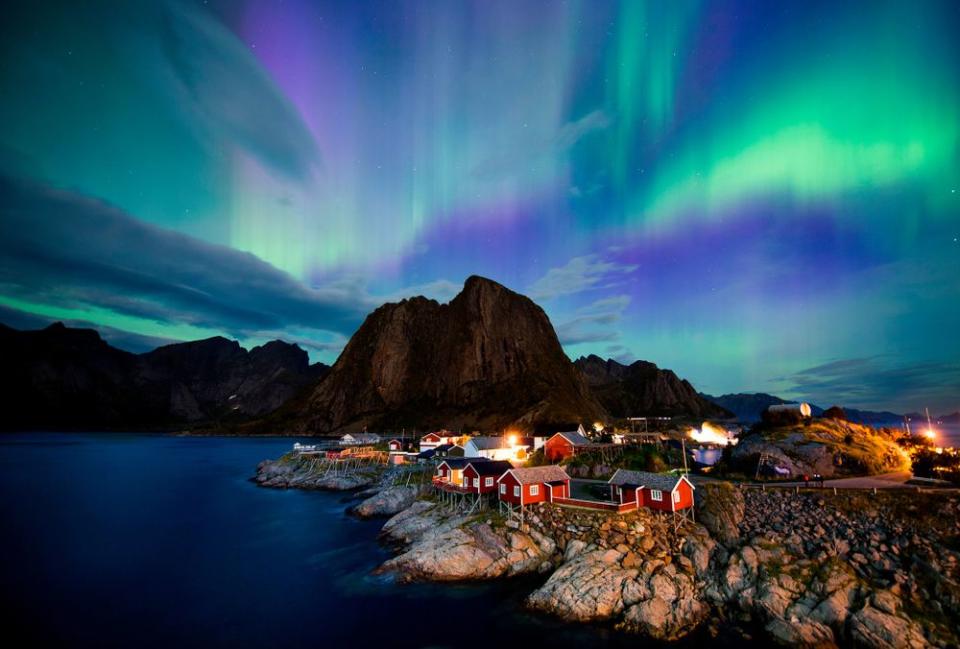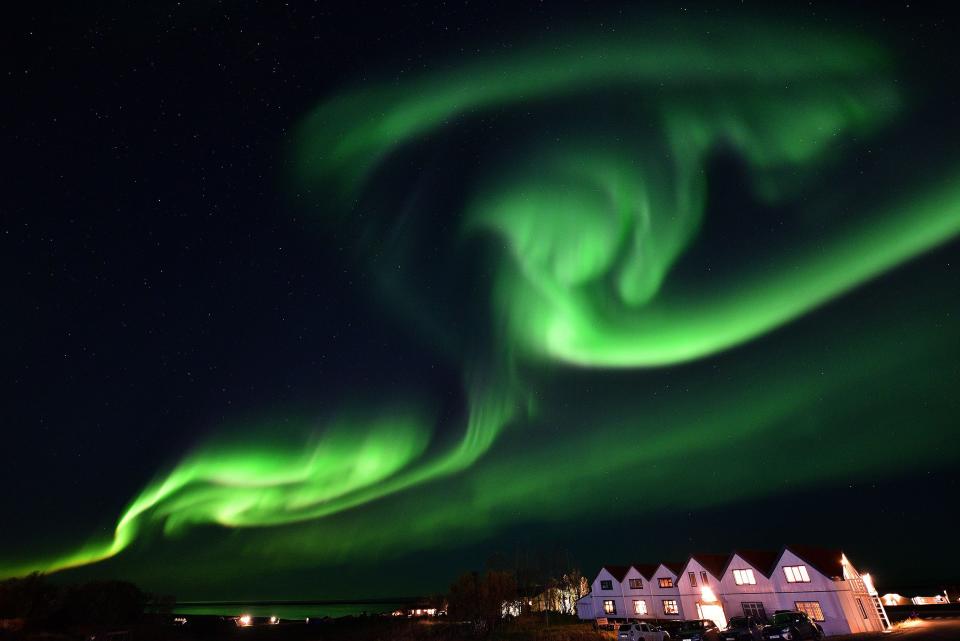Breathtaking Northern Lights May Be Visible From Washington to New York This Weekend
People in the northern part of the United States may be in for quite a nighttime show this weekend.
According to the National Oceanic and Atmospheric Administration, sections of the country stretching from New York to Washington may see an aurora borealis starting on Saturday.
That’s because the sun released a massive solar flare on Wednesday that created a cloud of slower-moving charged particles — called a coronal mass ejection — that will hit the planet this weekend, CNET reported. When these charged particles hit Earth’s atmosphere, they cause electrons to move to a higher energy state, and when they move back to a lower state, they release light, which just so happens to create the beautiful spectacle we have come to know as the Northern and Southern Lights.
But if the aurora does hit the Northern U.S., skies will have to be clear for people to see it.
“The Northern Lights may be visible Saturday night. This will pair with completely clear skies,” wrote meteorologist Joe Charlevoix on Twitter.
“This is not a guarantee but conditions are favorable,” he added.
RELATED: This Is the Most Magical Christmas Trip! Watch the Northern Lights on a Train Ride Across Alaska

If you want to make the most out of the event, it is suggested you travel as far away from the city as you can to limit light pollution’s effect on your view.
Typically, people in the mainland U.S. will have to travel hundreds of miles to Alaska or Canada to catch an aurora. Other great places for visibility include Iceland, Norway, Greenland, Tasmania and New Zealand.
As CNET notes, one of the most powerful solar storms in history occurred in 1859, and which caused an aurora that could be seen around the world and caused telegraph wires to light aflame.
The solar flare that was released this week was reportedly powerful enough to cause disturbances for radio operators in Europe and Africa.


